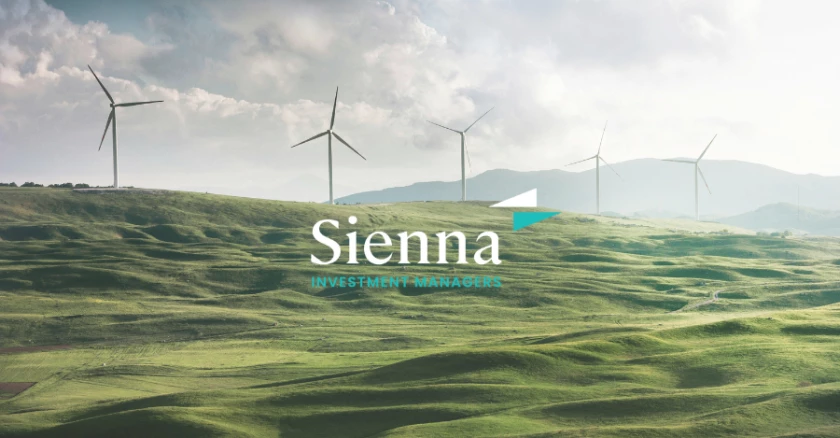“We offer investors the security of infrastructure debt and a significant contribution to the energy transition”.
Interview with Philippe Garrel, Head of Energy Transition Debt Funds, Sienna Investment Managers, by l’AGEFI.
Investment Managers
FRAUD ALERT - VIGILANCE REQUESTED
The Sienna Investment Managers Group would like to draw your attention to the risk of identity usurpation by fraudsters inciting individual investors to invest in fraudulent financial investments. The companies of the Sienna Investment Managers Group do not approach individual investors directly and therefore we ask you to exercise the utmost vigilance by not responding to any investment solicitations via e-mail, telephone calls or social networking/instant messaging. If you have made a payment to a scammer, contact your bank immediately to block the transfer or request the return of the funds paid. You can report these practices via the government website: www.internet-signalement.gouv.fr

Interview with Philippe Garrel, Head of Energy Transition Debt Funds, Sienna Investment Managers, by l’AGEFI.
What new dynamics are at work in the world of renewable energies?
First of all, the need for grid flexibility is a major factor, which in 2024 will be reflected in the central role given to storage, batteries and heating networks, alongside hydrogen, which is still difficult to grasp. The rise of biogas, particularly methanization, i.e. the fermentation of organic matter (sewage sludge, agricultural waste, etc.), is also a major trend at present. Germany is ahead of France in this field, but GRDF has stated its ambitions to accelerate the replacement of fossil gas by green gas, for environmental reasons and also for energy autonomy. The onset of the year signaled a pivotal moment for electric mobility, confirming its undeniable necessity, as evidenced by the swift expansion of charging station networks.
Is the financial context favorable to private debt dedicated to renewable energy infrastructures?
Yields on liquid investment-grade bonds are becoming increasingly unattractive, while spreads on private infrastructure debt remain at high levels, while retaining the robustness intrinsic to this type of asset, which has a well-defined level of risk. As with infrastructures such as freeways and airports, we structure our private debt financing on the basis of anticipated cash flows. Legally, these financings are structured via an SPV (Special Purpose Vehicle), which is a vehicle dedicated to the transaction and which carries the tangible assets being financed. This managed risk stands out even more amidst the growing challenges in the corporate landscape. By doing so, we provide investors with both the reliability of infrastructure and the environmental benefit of advancing the energy transition. Finally, we’re witnessing disruptive forces outpacing our expectations. Companies will face growing challenges in pinpointing risks associated with achieving carbon neutrality, especially concerning scope 3 emissions. Safeguarding against asset obsolescence is a pressing issue, which can be tackled by investing in forward-looking assets like renewable energy infrastructures.
To read more, follow this link.